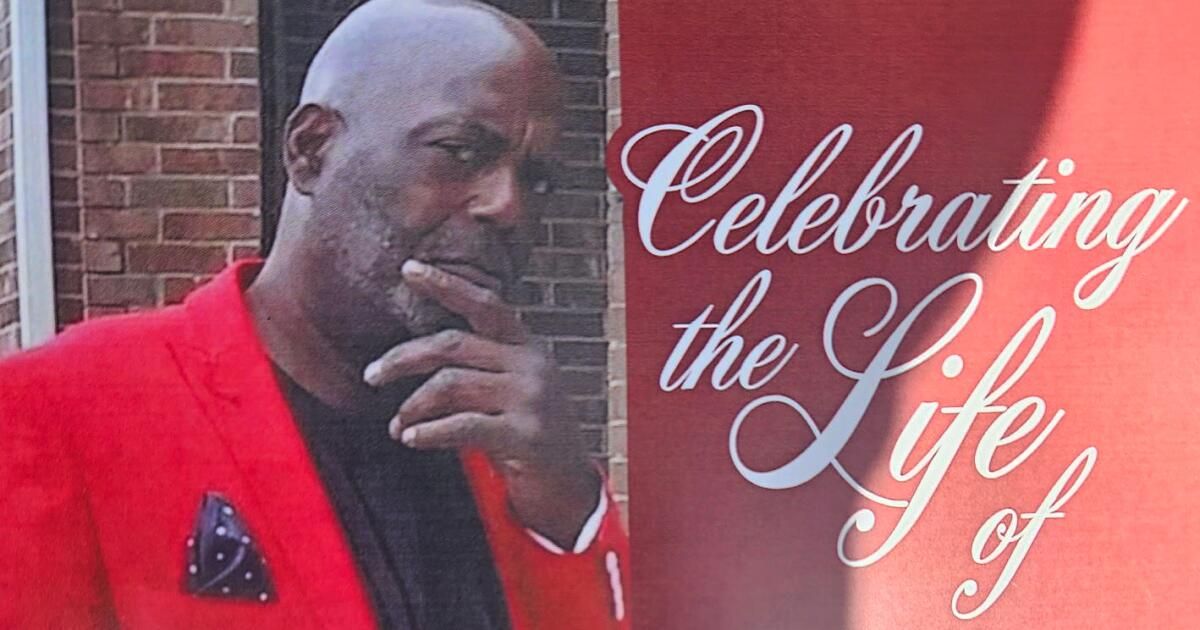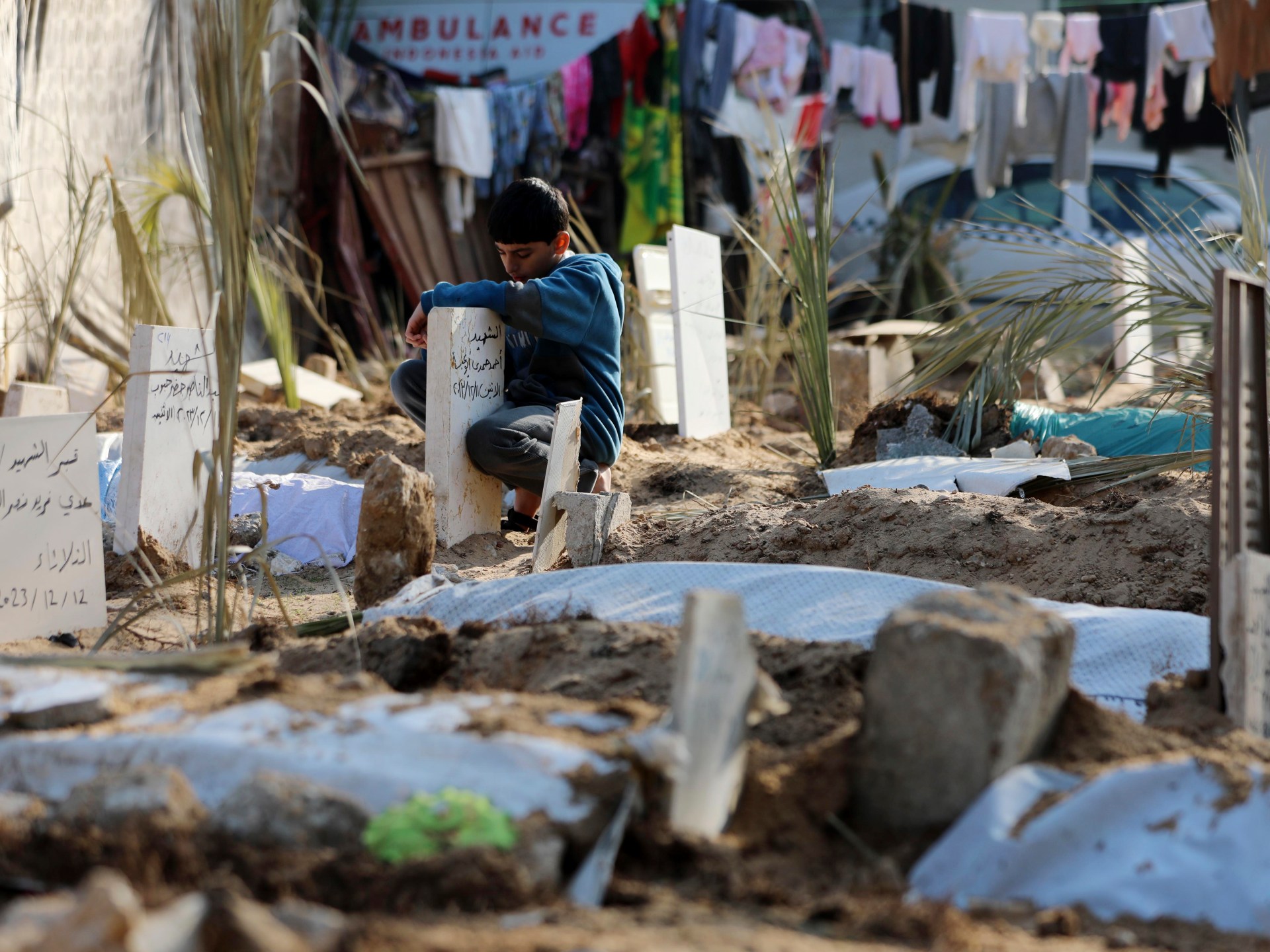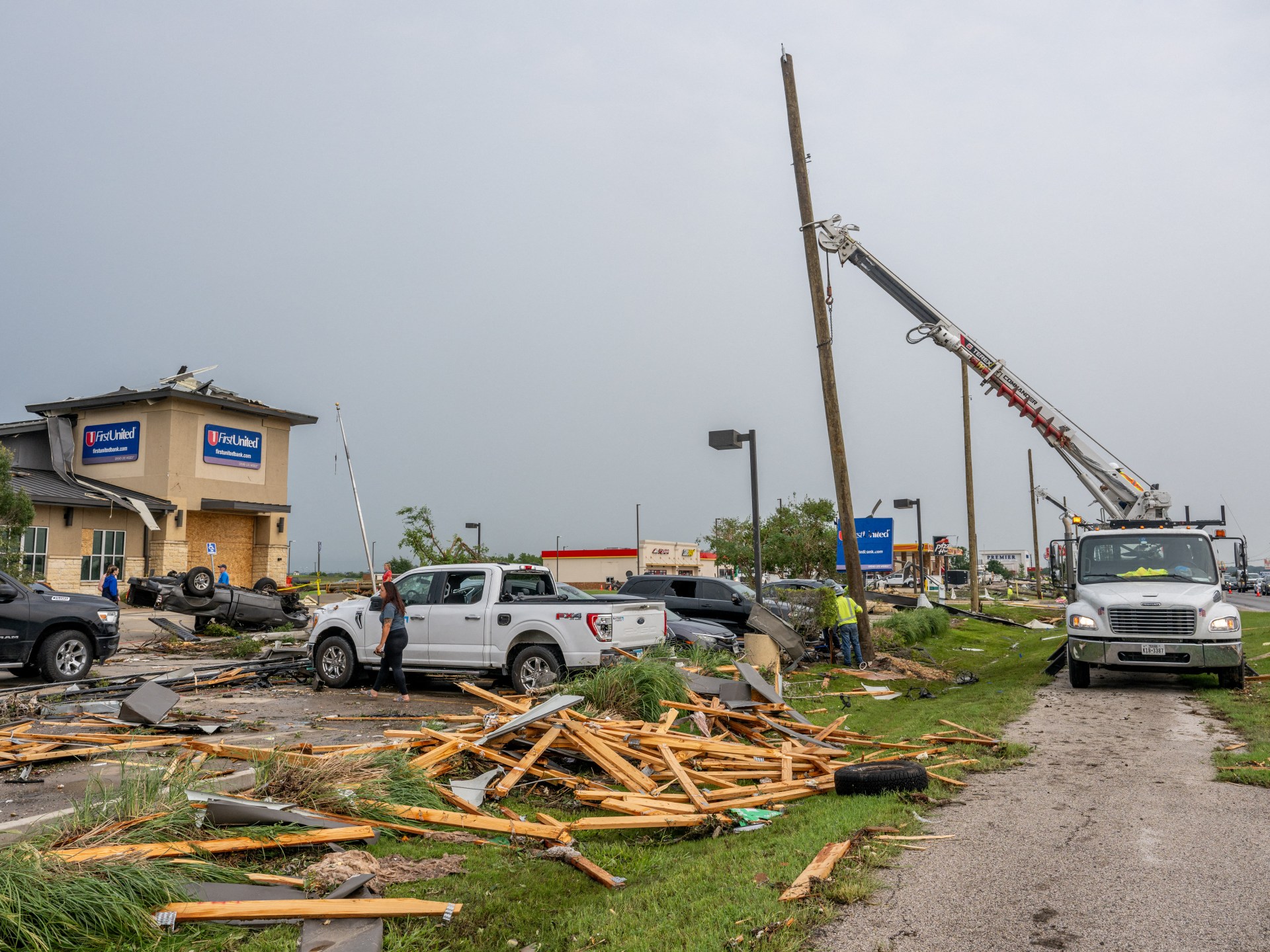Tired of having to make its way through the streets of West Compton in the early 1970s, the ACMES and his childhood friends joined together to defend themselves from the other local gangs that bothered them.
The pirus called themselves, after the small street where they grew up, and finally formed one of the first known blood gangs. But at that time, they were a patrol of the most self -denominated neighborhood than the muscular criminal company in which the police say they would become.
Moses, who was for the “King Bobalouie”, made a name like a brave fighter who could give a blow as well as he could give him one. He and his followers protected themselves from being skipped and from school. Sometimes they crossed the rival territories with the recovery of recovery.
In a 2017 interview with the historian of the YouTube gang Kevin “Kev Mac” McIntosh, Moses told the story of the time he and a friend left the class and walked to Centennial High School to face the members of the responsible gang to attack his cousin the day before. Moses leaned at night at the score.
He saw one of his cousin's attackers and pursued him through the halls, directly on the path of a Compton Crips waiting group, who beat and shook Moses, recalled.
“I managed to survive that attack and said: 'Man, f— that' and we walked to Piru Street and got all other brothers, all,” Moses said in the interview, sweeping his arm to emphasize, “and We cleaned all those who remained there.
Over time, the authorities have said, the brand of violence of the Pirus went beyond street fights, increasing to killing, theft and drug trafficking.
When he was not in the streets, Moses pursued his other talent: sing. His baritone Husky gave him a place to sing a backup for the philadelphia soul group The Delphonics, which had successes, including “La la, means that I love you” and “No (this mind flew this time).”
“If it weren't for the cigarettes, I would probably be on tour,” said friend Skipp Towsend.
The influence of AC Moses is difficult to measure, especially for strangers who could not see beyond their gang legacy, according to a friend of his for a long time.
(Skipp Towsend)
Moses died last month at age 68, leaving eight children and 10 grandchildren behind.
The dichotomy of his life, between the hardening gang member and the moving singer, was exhibited during his occasional periods in the county prison system, according to Towsend, a former Bloods member of the 20 years, now executive director of a Non -profit organization of gang intervention, second call.
Towsend recalled how he and Moses were locked in a high security module designated for young blacks whom the police had described as blood. When the lights went out at night at 10, he remembered to be awake to see if Moses would organize a show.
“Everyone would be silent and say: 'Ok, Boba, sing for us,'” said Towsend.
Moses' sister, Sandra, recalls one of her shows with the Delphonics, during a stop on the group's meeting tour in The Proud Bird, a restaurant with aviation themes near the Los Angeles International Airport since she became a Meal Hall.
He was familiar with her gang exploits, but said she also saw Moses elsewhere. For her, he was always “AC”, the family of the family who was desperately bitten by his mother after he temporarily lost his ability to speak after child surgery.
Growing up, he said, he loved to argue, always anxious to express his point of view, but also willing to listen to the other side.
The two joined for their love shared by music, sometimes going out together in the song, either at home or in public; His reference duo was the slow jam “always and forever”, originally made by Heatwave. Moses also took her mother and her aunt with her love for the kitchen, she said; His specialty were fried chicken gizzards.
Sandra often played the role of protector, intervening it to protect him from his mother's anger or deceive police officers who came looking for him. But she also showed her a hard love. Once, he recalled, he found him by hitting the back door of his house, begging them to escape from the neighborhood children who wanted to fight against him. She did not deed the lock, saying that she needed to face them.
“I made sure that I wouldn't flee from that battle,” he recalled. “And from that day, they did not get with AC.”
The problems seemed to find it, he said, often because he was responsible for waking him. Once, at 17, he and his friends “kidnapped” an urban bus, forcing the driver to turn and take them back to the beach.
When he reached his 30 years, his canned leaf included sentences for theft and possession of drugs. His sister tried to distance herself when her family became the gang.
“He did not recognize them as a bad influence or something that keeps him pressed,” he recalled with melancholy. Later in life, he fought with substance abuse.
The first black gangs that began in the midst of racial agitation of the 1950s and 1960s were loose crews organized with macho names such as gladiators and the Slauson studied gang identity. They coexisted relatively peacefully while claiming many black neighborhoods, he said.
The majority had been immersed in the rhetoric of the black panther of “empowerment, self -sufficiency” and community control said: “In many ways they functioned as neighborhood defense groups.”
The shootings and murders were much less common. The gangs of those days joined to defend themselves against police harassment and were “struggling against groups of white children who entered black neighborhoods or vice versa, fighting to open segregated spaces in the city, such as swimming pools and parks,” said López-Aguado.
The professor said the groups committed crimes, but their crimes were relatively mean for today's standards: fighters and shaking of non -gang members for their bicycles or money for lunch.
That changed in the 1980s, when cheap cocaine began to flow towards the south of unemployment and inflation combined with the closure of federal programs that provided life lines for the poor promoted an explosion of local drug trafficking. Violence became more regular and indiscriminate. The blood and the crips and their affiliates won national prominence as the city murders rate shot.
Little by little, the new Pirus sets began to sprout. As they did, the influence of OGS as Moses decreased. The county youth camps became fertile training and recruitment. Over the years, the gang has become innumerable “sets” in southern California and other parts of the country, which indicate its loyalties when wearing hats of sports equipment such as Philis or National Philadelphia of Washington. Grammy nominated rapper the game is among those who claim membership.
Arthur Charles Moses was born in Houston in February 1956, Moses moved to his mother and his brothers at an early age.
Moses published a book, “The initial alignment”, in which he offered an alerting look at the origins of the Crip and Piru gangs, explaining how the allies at the time became bitter rivals.
The book tracked his family from Texas to Los Angeles at the end of the 1950s, following millions of African Americans who escaped from the Jim Crow south to the promise of the north and west.
Moses moved to his grandmother in Watts. His parents directed a dry cleaning business at the corner of Manchester Avenue. Later, the family settled about 77th Street and Broadway, where he first felt the pull of the life of the gangs.
He recalled in the recent Podcast interviews how he gravitated the older members of the local avenues gang, who were known to dress striking and throw money. But Moses told him that he was too young to join.
Later in Mary McCloud Bethune Junior High, he fell with a group of children who included Raymond Washington, who then formed the crypts with Stanley “Takes” Williams, another native of South la. Washington was killed in a shooting in 1979. Williams was executed by the state of California at the end of 2005.
To get away from the growing violence of the area, relatives say that Moses moved to his aunt and his family at his home on West Piru Street.
He wandered through the streets with his cousins Ralph and Terry, the latter of which he was killed decades later when he was hit by a car driven by former rap entrepreneur Marion “suge” Knight outside a Compton hamburger. Knight was convicted of voluntary homicide for the incident and was sentenced to 28 years in prison.
After a bitter fall with their old cryops, Moses and the other Pirus, who first called themselves the boys of Piru Street, joined several other street teams in what would be known as The Bloods.
As Moses explained in an interview years later, the division was reduced to respect. “You get tired of being pushed and you tell him what to do, and you want your own power,” he said.
Moses sometimes stays out of the rivers of the origins of the gang, which list higher profile names, including Sylvester “Puddin '” Scott, Vincent Owens and Lorenzo “LB” Benton, whom Moses considered an important influence. Another early leader of Piru, Larry “Tam” Watts, was killed in a shooting in 1975.
But the name of the “King Bobalouie” still has weight among those who were old enough to remember those days, said Alex Alonso, a gang historian who has worked as a professor in the system of the State University of Cal.
“He was a first generation member of the CRIPs and was a first -generation member of the Pirus, which eventually became Bloods. At that time they did not disagree. But today, it sounds crazy, as, 'was a cry and a blood?' “Alonso said.” So it probably has one of the most unique historical perspectives that anyone has to offer. “
In recent years, Moses was interviewed by Alonso's Street TV and other YouTube channels dedicated to the tradition and history of gang, occasionally getting into passionate debates about the origins of pirus.
Towsend, the gang interventionist, agrees that “Bobalouie should be accredited ”at the beginning of pirus. Towsend was in a sea of red and burgundy amid several hundred mourners who attended the funeral of Moses in Angelus funeral home this month.
Even today, the influence of Moses is difficult to measure, especially for strangers who could not see beyond his gang legacy, according to Towsend.
“Actually unified us,” he said. “Of course someone on the west side will say: 'Oh, he is just a member of the Bloods gang.'”












